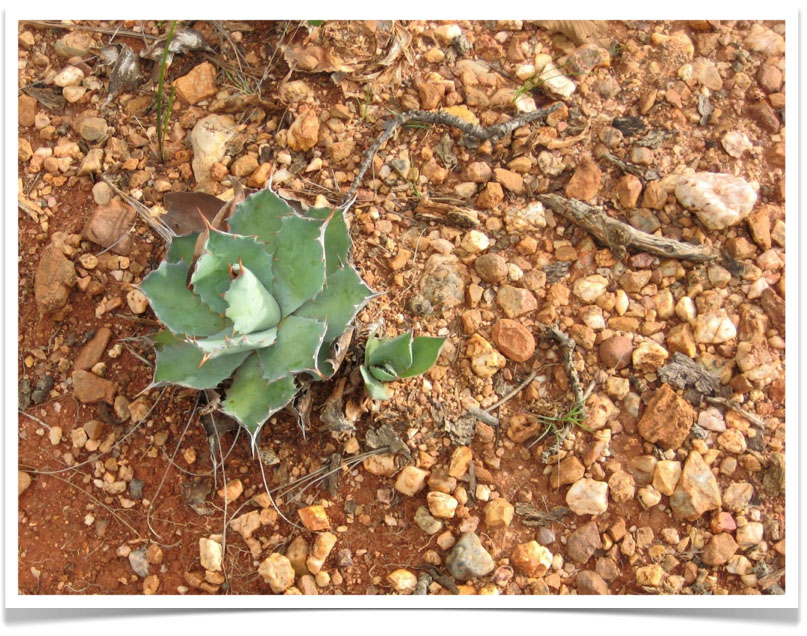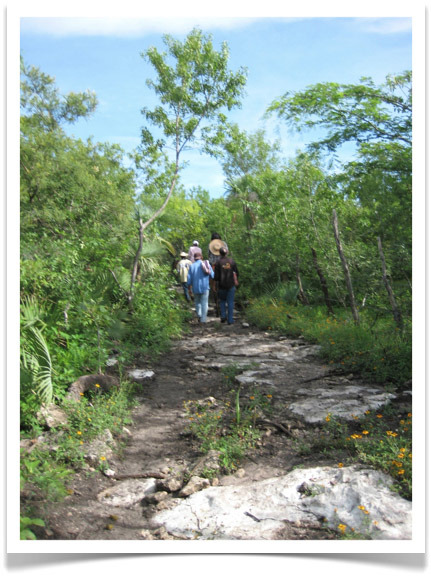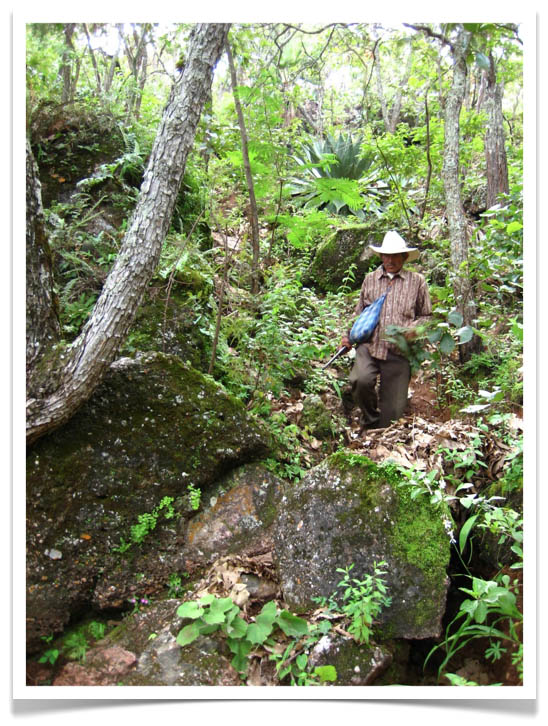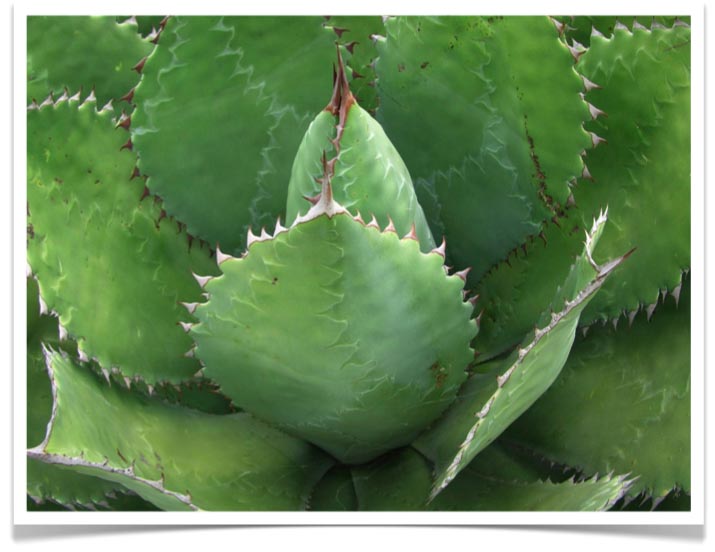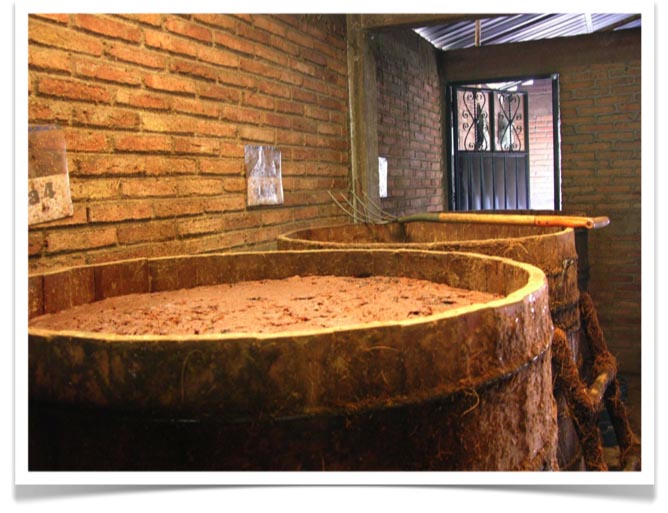Calehual
 Wednesday, February 9, 2011 at 10:22AM
Wednesday, February 9, 2011 at 10:22AM 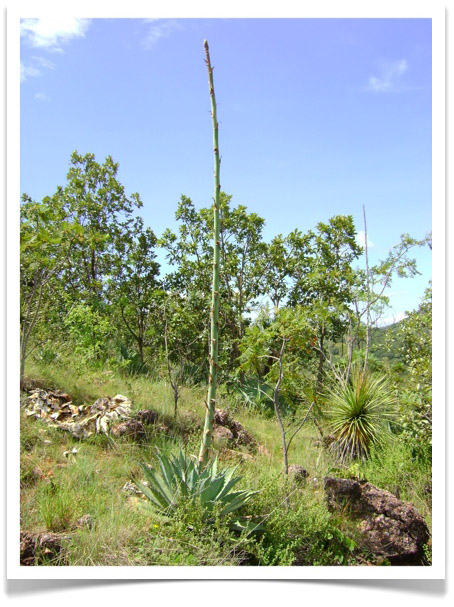
The agaves were flowering during my recent trip to Guerrero, Mexico. Image shows the developing floral spike, or "calehaul", of Agave cupreata Trel & Berger. Once the flowers are produced, they will be pollinated by bats. The fact that this individual has been allowed to get this far along in it's reproductive cycle indicates that it will not be harvested to make mescal. It is purposely being left to produce seed to maintain the population. [NOTE: The fact that it was 12 degrees in New York this morning may explain why I continue to post images from sunny Guerrero. I was working in a t-shirt. Sigh.]







